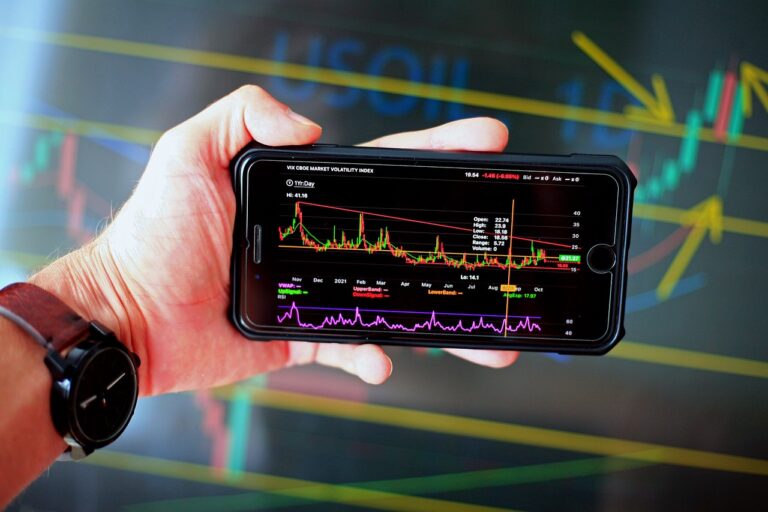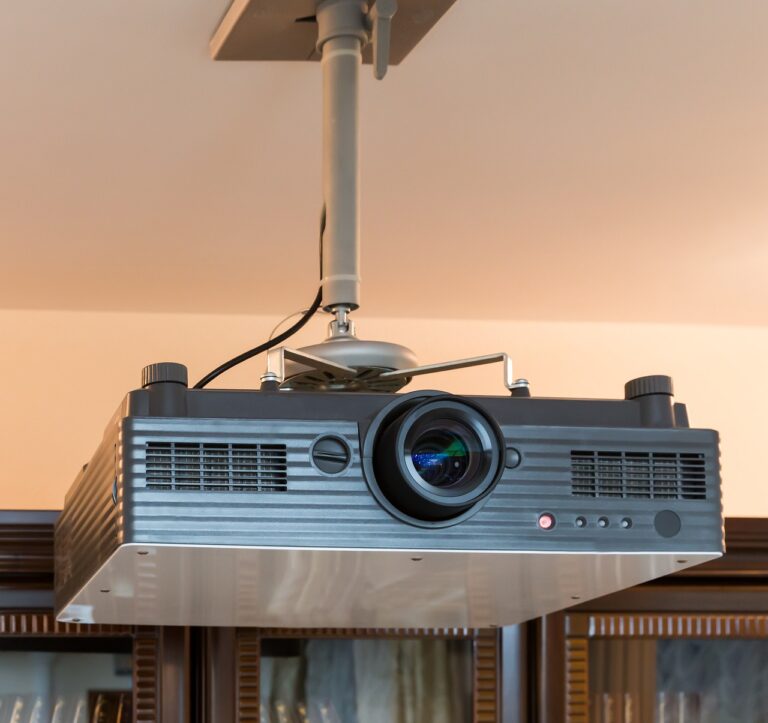Virtual Reality: The Next Frontier in Broadcasting: Allpannel, Lotus bhai, Allpaanel com mahadev book login
allpannel, lotus bhai, allpaanel com mahadev book login: Virtual reality (VR) has been on the rise in recent years, offering users an immersive and interactive experience like never before. From gaming to education to training simulations, VR has transformed various industries. And now, it’s making its mark in the world of broadcasting.
Virtual reality broadcasting allows viewers to step into the action, whether it’s a live sports event, a music concert, or breaking news coverage. With the use of VR headsets, viewers can feel like they are right in the middle of the action, experiencing every moment as if they were there in person.
But what makes VR broadcasting the next frontier in the industry? Let’s dive into some of the key reasons why VR is set to revolutionize broadcasting.
Enhanced Immersion
One of the most significant advantages of VR broadcasting is the level of immersion it offers to viewers. Instead of watching events unfold on a flat screen, viewers can now feel like they are part of the experience. This heightened sense of immersion can make broadcasts more engaging and memorable for audiences.
Interactive Experiences
VR broadcasting opens up a whole new world of interactive experiences for viewers. With the ability to look around in 360 degrees, viewers can choose what they want to focus on during a broadcast. This level of interactivity can make broadcasts more personalized and engaging for audiences.
Innovative Storytelling
VR broadcasting allows broadcasters to tell stories in new and innovative ways. Instead of a linear narrative, viewers can explore different angles and perspectives within a broadcast. This can lead to more dynamic and engaging storytelling that captures the audience’s attention.
Live Events
VR broadcasting is particularly well-suited for live events, such as sports games or music concerts. Viewers can feel like they are right in the middle of the action, experiencing every moment as if they were there in person. This can enhance the overall viewing experience and make broadcasts more exciting for audiences.
Cost-Effective Solutions
While VR broadcasting may seem like a costly endeavor, advancements in technology have made it more accessible and affordable than ever before. With the right equipment and software, broadcasters can create stunning VR experiences without breaking the bank.
Increased Viewership
By offering a more immersive and interactive viewing experience, VR broadcasting has the potential to attract a larger audience. Viewers who may not be interested in traditional broadcasts may be drawn to the unique experience that VR offers. This can help broadcasters expand their reach and grow their viewer base.
FAQs
Q: What equipment do I need to experience VR broadcasting?
A: To experience VR broadcasting, you will need a VR headset that is compatible with the broadcast. There are many options available on the market, ranging from standalone headsets to PC-connected devices.
Q: Are all broadcasts available in VR?
A: Not all broadcasts are available in VR, but the number of VR broadcasts is growing steadily. As the technology becomes more widespread, more broadcasters are experimenting with VR to enhance their content.
Q: Can I watch VR broadcasts without a headset?
A: While a VR headset provides the best experience, some broadcasts can be viewed on a regular screen. However, the immersive effect of VR will be lost without a headset.
In conclusion, virtual reality broadcasting represents the next frontier in the industry, offering a new level of immersion, interactivity, and storytelling. With the potential to attract a larger audience and create more engaging experiences, VR broadcasting is set to revolutionize the way we consume media. As technology continues to advance, we can expect to see even more innovative uses of VR in broadcasting in the future.







